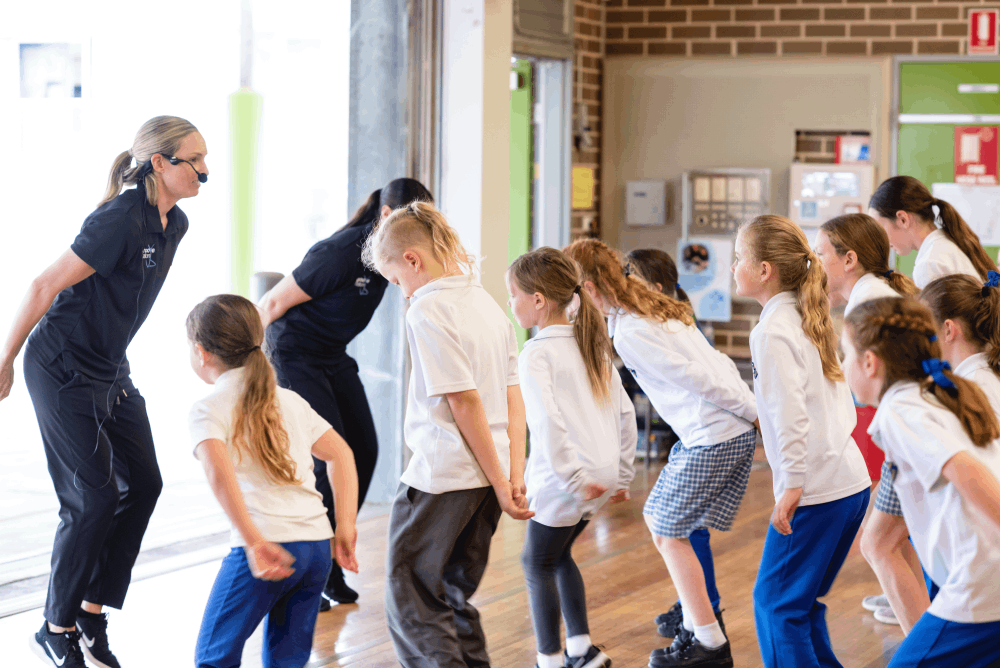School Dance has an impact on student wellbeing, and it’s higher than you think – here’s the data.
- Groove Nation
- May 22, 2023
- 12:26 pm
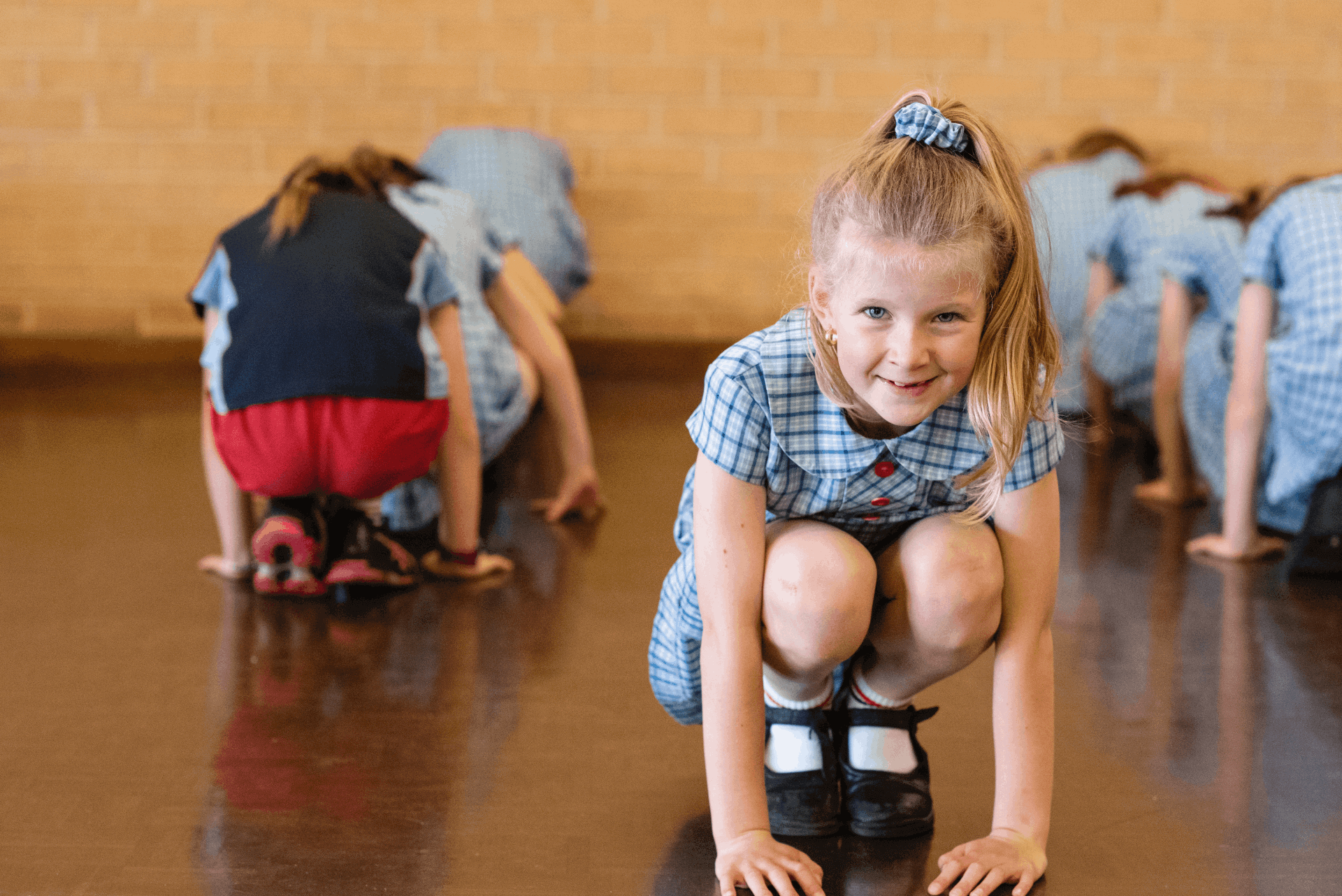
In 2023, Groove Nation began a study to quantify the positive impact dance has on our student’s wellbeing, including school attendance and the development of social, emotional and physical domains.
Recent studies into dance and mental health are producing promising results and we see the effects first-hand when we run our classes, but we now have the data to show exactly how much Groove Nation’s dance classes have an impact!
The Impact of Dance
We’re fortunate to observe the benefits of dance for student wellbeing every day when we teach primary school students across New South Wales. We see our students faces light up and spirits lift as they dance with their peers. But 2023 was the first year we’ve been able to quantify the impact dance has on the mental health of our students.
We set out to gather data at the beginning of Term 1, and now two terms into the year, we have some exciting results.
Our study into the impact of dance on student wellbeing measured the following:
- Words students used to describe dance
- The level of reported wellbeing before and after dance
- Students favourite things about dance
- Student skill levels at the start of the year and end of the year (to be reported)
Students were given a tablet at the beginning and end of class to submit their thoughts and feelings, with the help of an adult. Here’s what we found:
WORDS STUDENTS USED TO DESCRIBE DANCE
“Dance allows me to express myself when I can’t find the words”– Student, Year 6
“I feel like I belong in dance class” – Student, Year 5
“I always feel better after I dance and move my body” – Student, Year 4
“Dance challenges me and I leave feeling proud”– Student, Year 6
“At dancing I smile with my friends” – Student, Year 2
“I learn new things about myself and my body in dancing” – Student, Year 4
“Dancing makes me feel strong” – Student, Year 1
“Dancers are smart” – Student, Year 3
”Dance gives me something to look forward to at school” – Student, Year 5
“Dancing makes me smile” – Student, Kindergarten
“Miss Amy’s dancing makes me giggle” – Student, Year 2
“I know I am good at dancing. I feel proud” – Student, Year 3
LEVEL OF REPORTED WELLBEING
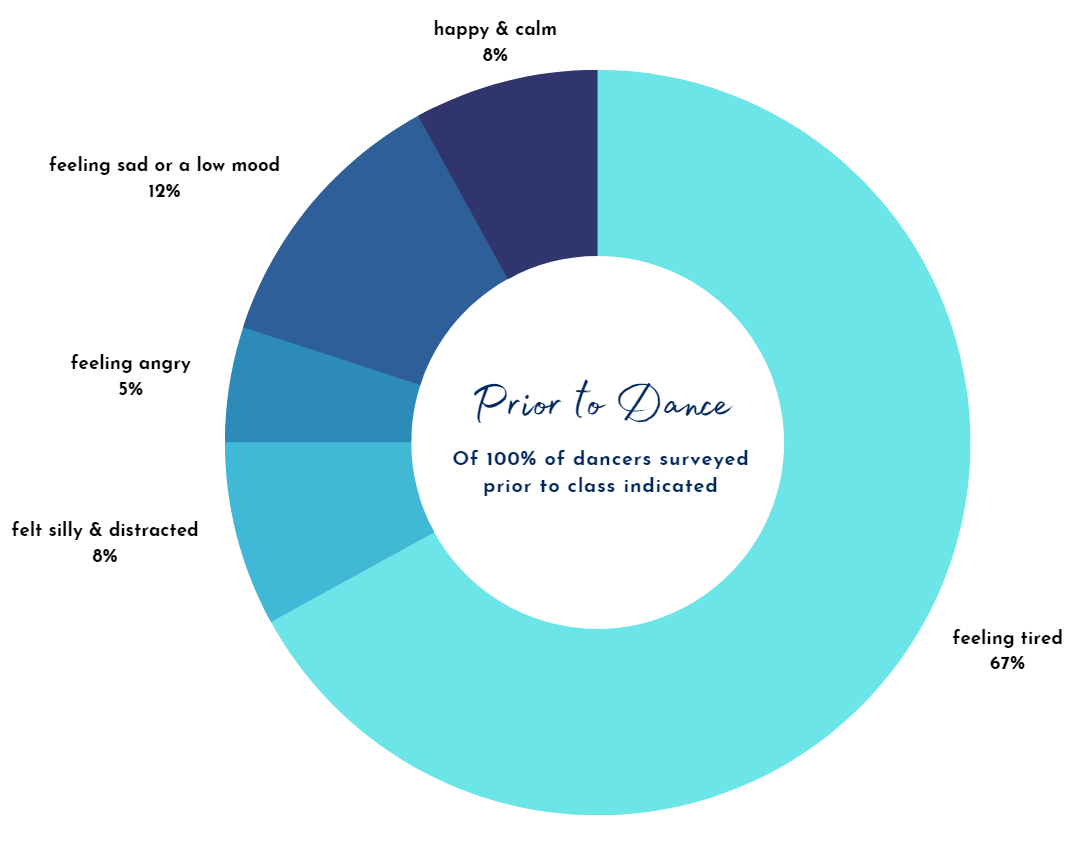
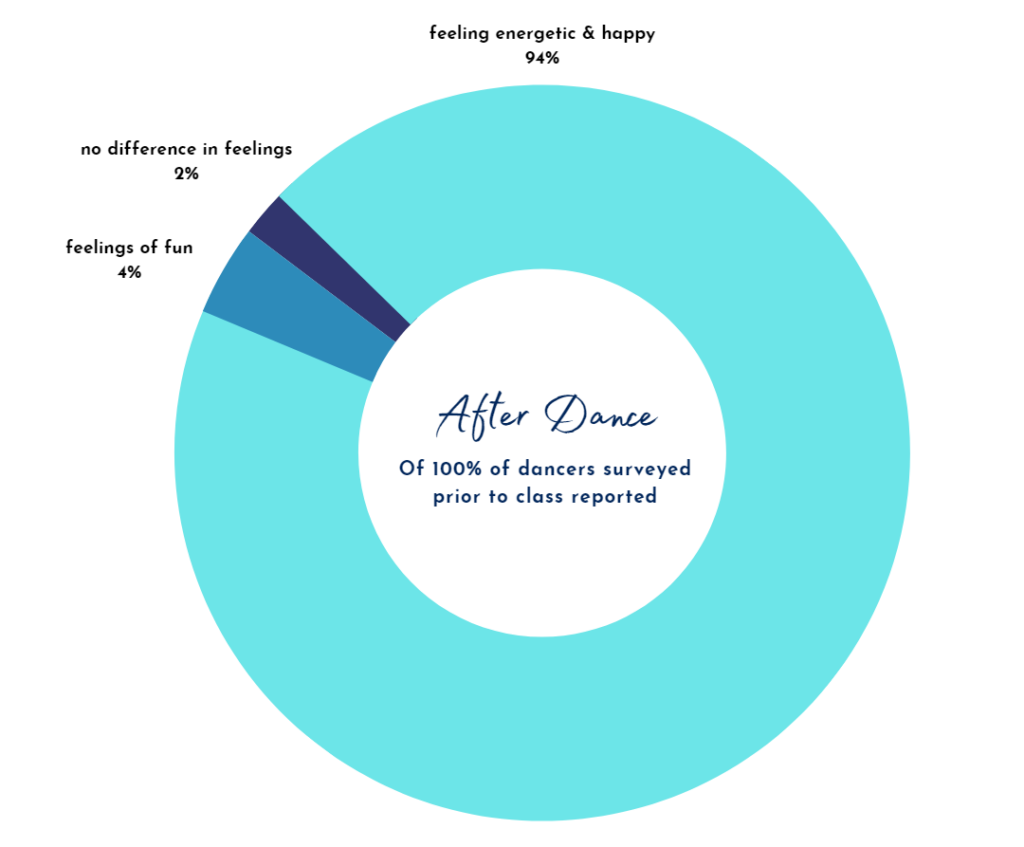
STUDENTS FAVOURITE THINGS ABOUT DANCE
“I love dancing with my friends” – Student, Kindergarten
“I get excited to show my parents what I’ve learnt” – Student, Year 2
“I love when our Principal and teacher come to watch and sees what I can do” – Student, Year 4
“I enjoy the different music” – Student, Year 1
“I like learning new steps and practising them in the playground.” – Student, Year 3
“I feel so happy in dance class and it’s my favourite day to come to school” – Student, Year 3
“I meet new friends at dancing” – Student, Kindergarten
“We smile and laugh in dancing, it’s so fun” – Student, Year 1
“I get to dance with people who I don’t normally hang out with at school” – Student, Year 6
Case Study: Kindergarten Dance Program
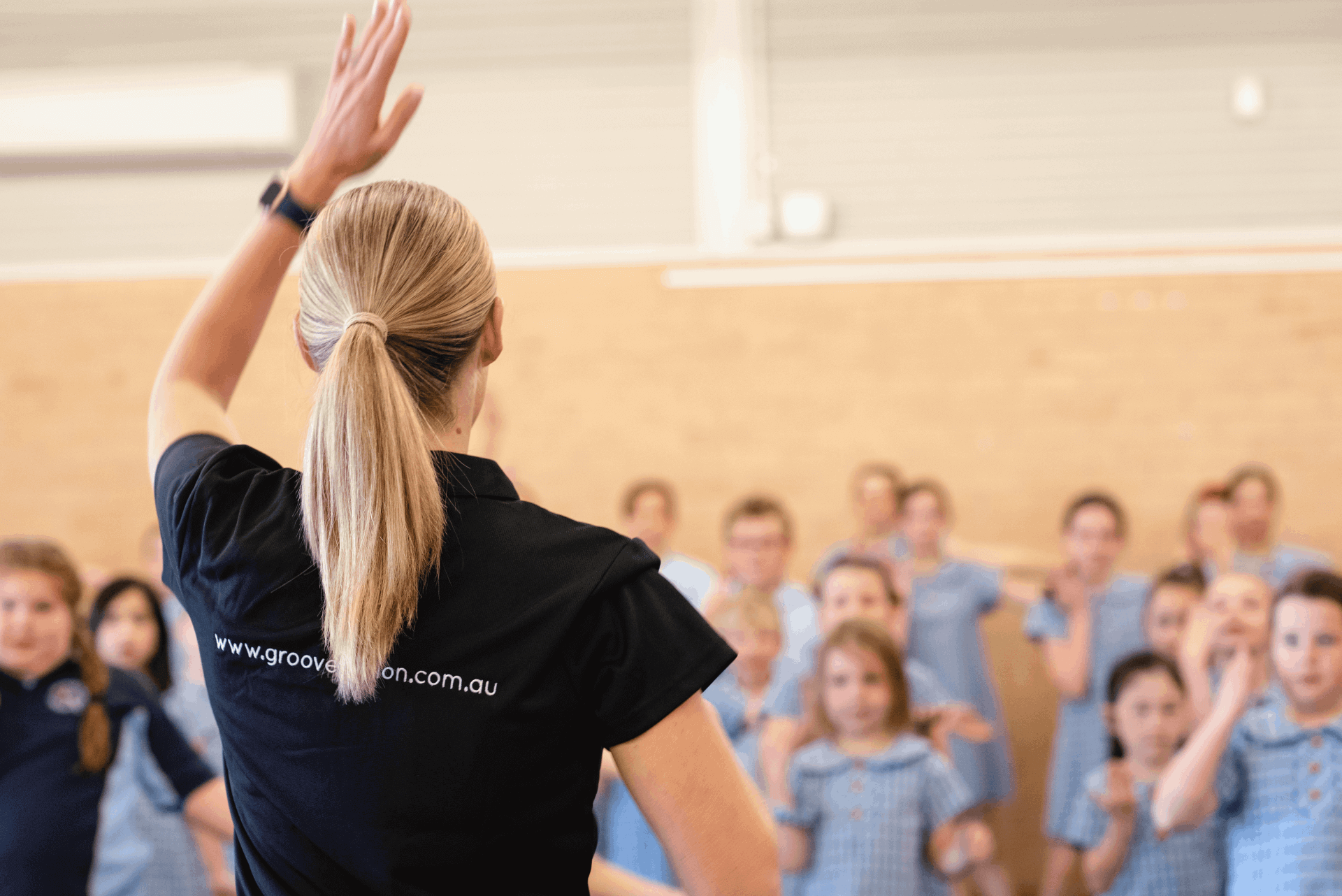
Term 1 Kindergarten – 8 Week Dance Program
In Term 1 of 2023, we gathered data from Kindergarteners throughout their 8 week dance program.
Students were assessed by their Groove Nation teacher at the start and end of the 8 week program, to determine the level of growth and development they had made during the dance program.
We already know practising dance is an intensive challenge for the brain, requiring a combination of vision, rhythm, balance, coordination and multi-planar movement. And, students practising these skills through choreographed dance receive improved coordination, agility and memory.
While it didn’t come as a surprise to us, the data we gathered from this study was heartening and reinforced just how impactful school dance is for children’s wellbeing.
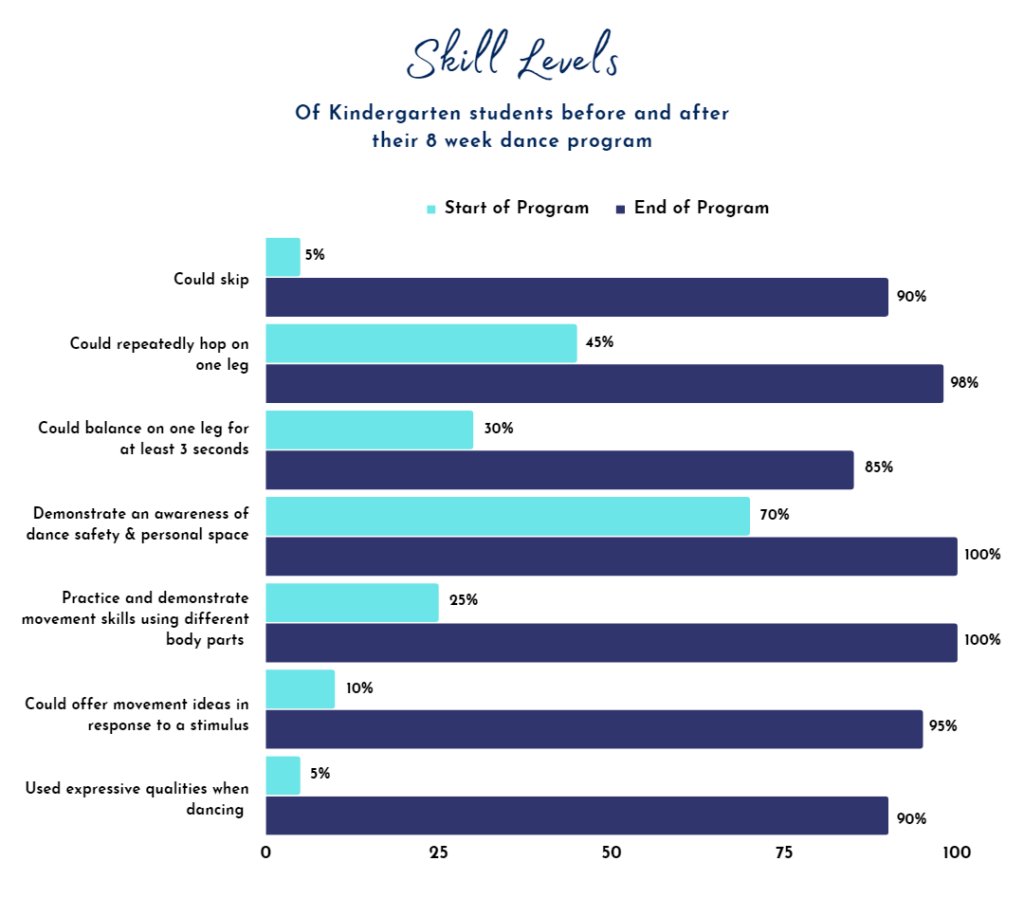
Conclusion
When we began our study into the impacts of dance on our students, we did so with some key understandings of the benefits of dance:
- Dancing (a physical activity) helps to reduce stress by ridding the body of stress hormones and increasing levels of Serotonin – the feel-good hormone
- Choreographed dance improves coordination, agility and memory
- Group dancing (a social activity) releases happy chemicals called Endorphins, which play an integral role in human bonding.
- Dancing improves muscle tone, strength, lung capacity and blood circulation, as well as balance and flexibility
The data we’ve gathered support these understandings and prove our dance classes have a positive impact on our students’ wellbeing, including the development of social, emotional and physical domains.
Our data showed on average a 98% improvement in student mood after they attended dance class and a 67% increase in skill level across the seven skills we measured.
With numbers like that, we can’t wait to continue grooving with our students and contributing positively to lifelong learning for students, teachers and schools.
Don't wait to improve your students' mental and physical health!
Contact us today to organise your primary school dance classes.




